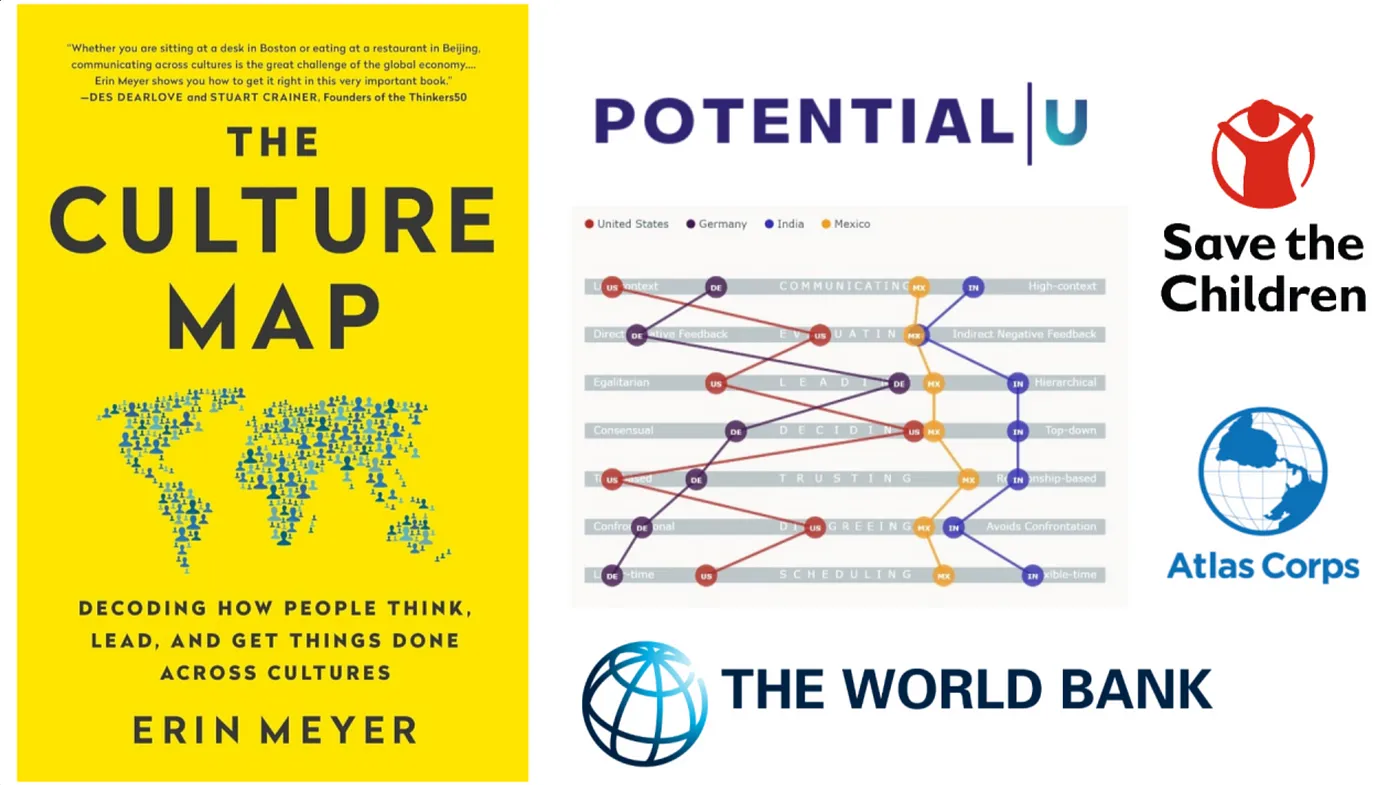
In an increasingly interconnected world, understanding cultural differences is no longer optional, especially in business. Erin Meyer’s The Culture Map: Breaking Through the Invisible Boundaries of Global Business provides an incredibly insightful and practical framework for decoding how people from different cultural backgrounds think, communicate, and collaborate.
Meyer argues that while individual personalities vary greatly within any culture, the culture itself sets a range of acceptable behaviors and norms. Ignoring these cultural patterns can lead to misunderstandings, frustration, and inefficiency when working across borders. The book moves beyond simple stereotypes, offering nuanced perspectives grounded in real-world examples and research.
The core of the book revolves around eight key scales that map out critical areas where cultural differences manifest:
- Communicating: Ranges from Low-Context (precise, explicit, simple messages; e.g., USA, Australia) to High-Context (nuanced, layered messages, reading between the lines is key; e.g., Japan, Korea, Indonesia).
- Evaluating: How direct is negative feedback? Ranges from Direct Negative Feedback (blunt, honest feedback is valued; e.g., Netherlands, Russia, Israel) to Indirect Negative Feedback (feedback softened, given privately, diplomatic; e.g., Japan, Thailand, Saudi Arabia). Interestingly, this scale doesn’t always align perfectly with the Communicating scale (e.g., the US is low-context but more indirect in feedback).
- Persuading: How arguments are built. Ranges from Principles-First (focus on the ‘why’, deriving conclusions from general principles; e.g., France, Italy, Russia) to Applications-First (focus on the ‘how’, emphasizing practical application first; e.g., USA, Canada, Australia).
- Leading: Views on authority distance. Ranges from Egalitarian (ideal distance between boss and subordinate is low, boss as facilitator; e.g., Denmark, Sweden, Netherlands) to Hierarchical (ideal distance is high, status matters, boss as strong director; e.g., Japan, Nigeria, China).
- Deciding: How decisions are made. Ranges from Consensual (decision requires agreement from the group; e.g., Japan, Sweden) to Top-Down (decision made by the individual in charge; e.g., Nigeria, China, Russia). Again, note potential divergence from the Leading scale (e.g., Japan is hierarchical but makes decisions consensually).
- Trusting: How trust is built. Ranges from Task-Based (trust built through business activities, reliability, skills - cognitive trust; e.g., USA, Germany, Finland) to Relationship-Based (trust built through personal connection, sharing meals/time - affective trust; e.g., China, Brazil, Saudi Arabia). Meyer uses the “Peach” (friendly outside, hard pit inside) vs. “Coconut” (hard outside, soft inside) analogy here.
- Disagreeing: Tolerance for open disagreement. Ranges from Confrontational (disagreement seen as positive for the team; e.g., Israel, France, Germany) to Avoids Confrontation (disagreement seen as disruptive to harmony; e.g., Japan, Indonesia, Thailand).
- Scheduling: Approach to time. Ranges from Linear-Time (punctuality is key, focus on deadlines, sequential tasks; e.g., Germany, Switzerland, Japan) to Flexible-Time (adaptability is valued, schedules change, many things handled at once; e.g., Kenya, Saudi Arabia, India).
The Culture Map is packed with anecdotes and strategies for navigating these differences. It encourages active listening, adapting feedback styles, understanding leadership expectations, and recognizing different approaches to time and relationship building. It’s not about judging cultures, but about understanding the different operating systems people use, enabling more effective and harmonious collaboration across the globe. An essential read for anyone working in or leading international teams.